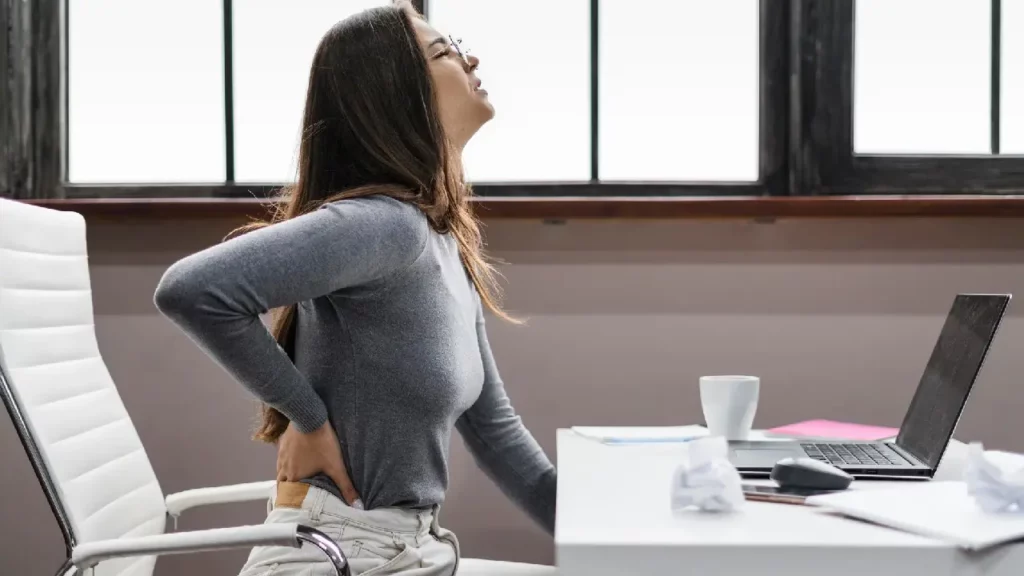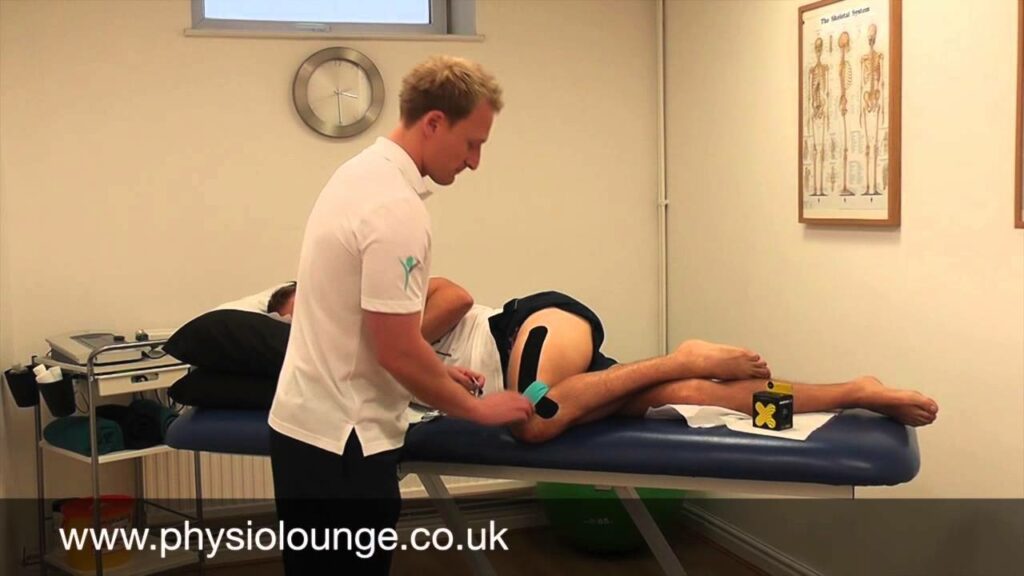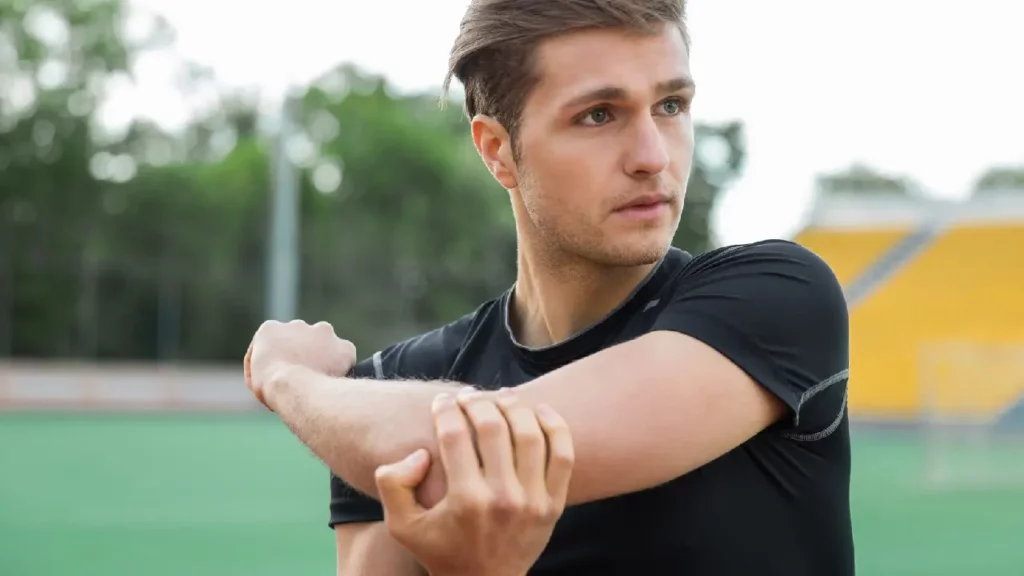
The squat is one of the most fundamental, functional movements we perform as human beings. Every time you get out of a chair, sit on the toilet, crouch down, you’re squatting. Often referred to as “the King of all exercises” the squat is a compound (multi-joint) exercise and an excellent choice for getting maximum output from the time you have to train. While each of you reading this may have different goals in mind, the squat can almost certainly play a role in helping you achieve them.
Why do We Squat
Strength / Muscle Building – If you want to get stronger and/or build muscle, the squat is a great choice! The squat is a movement where (provided you’re healthy and have good form) you can add on some serious lean weight. As a compound movement allowing you to recruit multiple large muscle groups under heavy load, you’ve got yourself a recipe for stimulating muscle growth and increasing strength, triggering the release of anabolic hormones and providing a strong stimulus to the muscles for adaptation in increased size and force production.
Fat loss – Your resting metabolic rate is directly related to the amount of fat-free or lean mass you have. Including resistance exercises in your programme like the squat, can help you preserve this lean mass and keep your metabolic rate high. The versatility of being able to alter loads and reps can help you tailor the squat to help achieve your goal.
General health – The basic, unloaded air squat can provide an all in one means of training your: balance, coordination, stability, strength and flexibility. These are all essential components for full fitness and function. Performing unloaded full range of motion squats can aid digestive health due to the intermittent compression of the colon in the bottom position and even help keep your spine healthy by facilitating rehydration of our intervertebral discs which rely on pressure changes to absorb fluid. Taking your joints through their full range of motion can not only help to strengthen the supporting muscles around your knees, hips and ankles but prevent the loss of this range of motion. As the old saying goes “if you don’t use it, you lose it” and with so many of us in sedentary jobs and lifestyles, we could all benefit from breaking that pattern and squatting more!
Common Squat Related Injuries
The down side to the squat is that it’s really easy to perform really badly! Everyone knows bad squats break people. Due to the nature of the movement in that it affects several joints at once, there is potential for the squat to damage many structures.
Patellofemoral pain syndrome (PFPS)
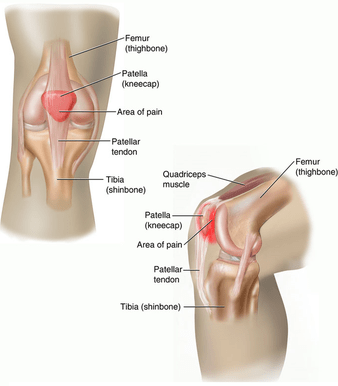
Particularly during loaded deep squatting, forces within the patellofemoral joint (knee cap joint) are very high. Loss of form such as knees caving in will start to cause altered loading around the front of your knee and potentially result in more force on a smaller surface area of the patella. Overtime this can lead to the development of patellofemoral pain syndrome.
Disc Related Lower Back Pain
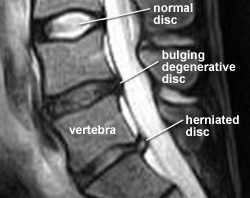
A common problem for people who lack motor control around the trunk is the inability to maintain a neutral spinal position when performing loaded squats. With an excessive forward lean, plus a rounded back, a lot of stress is put onto the discs and can result in discogenic back pain.
Should I stop squatting?
Not if you enjoy squatting and you can squat well! The squat is a fantastic exercise, but as with every exercise, form is absolutely crucial and the first line of defence in the prevention of injury. We would highly recommend if you’re unsure of the correct form to seek guidance from a qualified professional. You’ll here people say that squats are bad for your back and knees…nonsense! Squats performed with bad technique or excessive loads are bad for your back and knees!
How Should I Squat?
Excellent question! There are many passionate advocates who preach a certain stance or specific set up for the squat. The truth is there is no golden method that suits everybody. We have inherent anatomical variations in the orientation of our hip sockets, our limb length and the angle of our femurs which all demand an individualised approach to finding someone’s best fit position. The key things you would want to focus on are maintaining as upright a chest position as you are able to, and not letting your knees cave inwards.
Anatomical Variations That Affect Squat Stance
Which way your hips are pointing?
Anterverted
- Tend to stand with more of a “pigeon” toed in posture
- Naturally have more hip internal rotation and less external rotation
- Won’t like squatting with feet out
- Will like squatting with more neutral / straight foot stance
Retroverted
- Tend to stand with more of a “duck” toed out foot posture
- Naturally have more hip external rotation and less internal rotation
- Won’t like squatting with feet in
- Will like squatting with more toed out stance
Femur/Torso Length
If you have a longer torso and shorter femurs, chances are you’re going to be able to squat deeper and keep a more upright torso. However, if you have long femurs and short torso, you’ll probably find that it’s harder to get deep and that you tend to have a torso that inclines forward more. A greater relative femur length leads to greater forward lean. If that’s you then you cant do too much about it, just be aware that if this is the case, you might be banging your head against the wall if you’re trying to correct it with mobility drills. Just make sure you take time to work on your trunk stability.
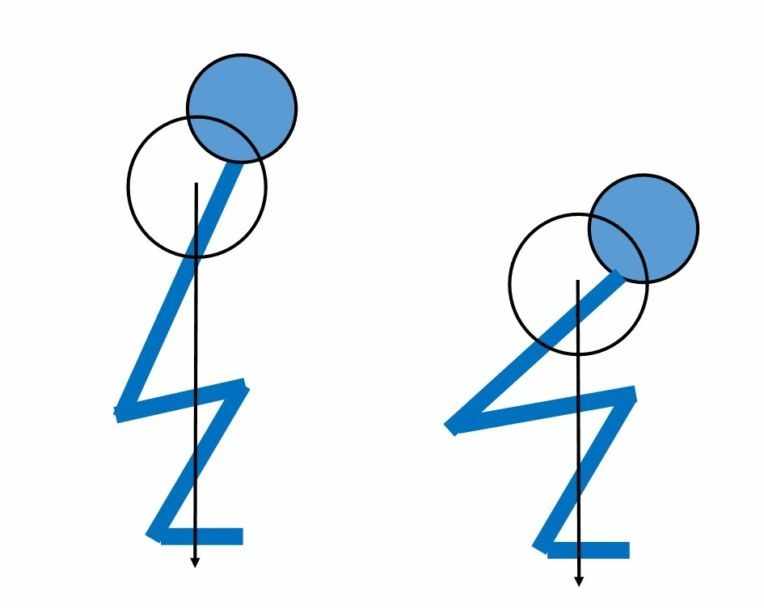
Common Faults
Knees Caving In
The knees caving in fault is where the knees duck inside of the big toe, also referred to as “knee valgus.” You can spot a severe knee valgus fault a mile off, it doesn’t look pretty. It’s not a strong position to squat in, and it’s stressful to the knee. The position is one of the mechanisms of injury for ACL tears, it stresses the medial collateral ligament on the side of your knee, it causes poor tracking of the patella and repeated uneven stress on its undersurface. Ideally the knee wants to track in line with the second and third toes throughout the movement.
Causes
- Limited ankle mobility
- Weak hips (glutes / hip rotators)
- Tight adductors (groin muscles)
- Poor technique
Loss of neutral spine / low back rounding “The Buttwink”
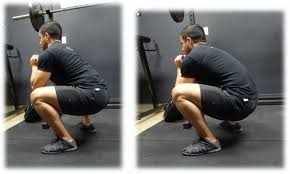
The “Buttwink” as it’s affectionately referred to, is where you reach the point in your squat where the pelvis starts to rotate backwards, dumping your low back into a rounded position. It’s not a great position for developing or transferring force and (as with the knees caving in) looks very unattractive. There are muscles called your erector spinae which help to resist your back rounding and keep your spine straight. When you squat in a slouched position it puts these muscles in mechanical disadvantage where they can’t protect you and your spinal structures (ligaments, disc etc) pay the bill. It’s a bit of a common myth that this lower back rounding is due to tight hamstrings. The reason this myth has been debunked is because as you sit down into the squat the hamstring shortens at the knee end and lengthens at the hip end, meaning that the relative length of your hamstrings stays much the same throughout the entire movement. However, there are lots of other potential causes for this fault happening:
Causes
Anatomy – If you have a deeper hip socket you’ll just naturally run out of room in your hip sooner. This forces the pelvis to have to move to space and stop your hips from pinching. When it comes to squatting a shallow socket is better. If the angle of your femoral neck is larger the chances of you impinging are greater (same end result).
Mobility – Deficits in the ankle and hip mobility can cause the pelvis and low back to pick up the shortfall by rounding. Muscle wise, while it’s probably not your hamstrings causing your buttwink, your piriformis or adductors could be potential culprits.
Stance – Many times people go far too narrow leading them to run out of hip and ankle range of motion quickly. Often finding your optimal stance can be a quick win for resolving the “buttwink” when you start squatting in line with your anatomy and giving your hips more room to breathe.
Going too heavy – It’s easy to get caught up in all the complex mobility and stability issues that might be causing your back to round, but sometimes it’s simply that you’ve gone heavier than you can manage. If you’ve noticed your form getting progressively worse as the weight gets heavier and if the fault goes away when you reduce the load, stop being a hero and work on your controlled range!
Excessive Forward Lean “Pancake”
This is where your torso ends up inclined forwards too much, sometimes to the point where people look like they’ve folded in half! You’ll see the shins looking very upright and often no amount of screaming “chest up” will remedy this fault. The reason for this is that sometimes it’s a compensation so that the person can squat without falling over. Ankle dorsiflexion in a squat is essentially your ability to lean your shin forward. You need a certain amount of this to be able to squat with the chest up. If you don’t have adequate ankle dorsiflexion and you attempt to keep the torso upright you’ll fall on your bottom because you can’t keep your centre of gravity over your feet.
Causes
Mobility – Limited ankle dorsiflexion is a VERY common cause for this movement pattern fault. Squat analysis with modifications such as a heel raise and an assessment of your ankle range of motion will help determine whether this is the cause for you.
Motor Control / Stability – If placing plates underneath your heels makes no difference and your ankle mobility is sufficient, but you still keep folding in half, the problem may well not be a mobility issue but one of motor control. A simple test for this is to try reaching your hands out in front of you as you squat down, holding a light weight plate. This provides a counterbalance when you squat, making it easier to keep a more upright torso If suddenly you squat with a more upright torso and the feeling of tightness you had diminishes, your problem may well be this. This is commonly an issue with beginners who don’t yet have the confidence or ability to weight-shift correctly and allow them to sit down while maintaining an upright torso. They lean forward excessively to maintain balance and stop themselves from falling over.
Knee Initiating
Knee initiating is when you start off your squat by shooting the knees straight out forward without sitting back at all. The issue with this is that is places an inordinate amount of stress through your knees and a particular stress known as shear which joints don’t love. The squat should be a balance between the hips and the knees moving to spread the stress across both joints and ensure engagement of all the correct muscles. So as you start your squat, imagine sending your hips back and down, bending at the hips and knees at the same time.
Causes
Technique – Many people do this without even realising and it’s purely down to a lack of awareness. Often times knee pain from squatting can stem from this and be resolved with a technique fix.
Limited depth – “A little lower…”
Ankle Mobility – This can often be a culprit when it comes to limited depth. Try performing your squat with the heels up on plates and see if this makes it easier. If it does you’re problem may well be ankle mobility.
Trunk Stability – This might be hard to believe when you look at someone struggling to get lower into their squat and especially when they complain of everything feeling tight. But an easy test you can do yourself for this is by holding on to a stable object and reattempting the squat. If you’re suddenly able to get lower and that feeling of tightness has gone, you’re probably looking a stability issue. Often if there’s more stabilisation from the core at the lower back, muscles around the hip can start to tighten up to pick up the slack. The result of this though is that your hips start to lose mobility and you struggle to get lower into your squat. In other words, a “wobbly” lower back can rob your hips of their mobility.
Variations
The squat has a plethora of variations, which one you pick will entirely depend on a number of different factors:
- Goals
- Injury history / current injury
- Sport
- Mobility
- Ability level
Air Squat (body-weight squat)
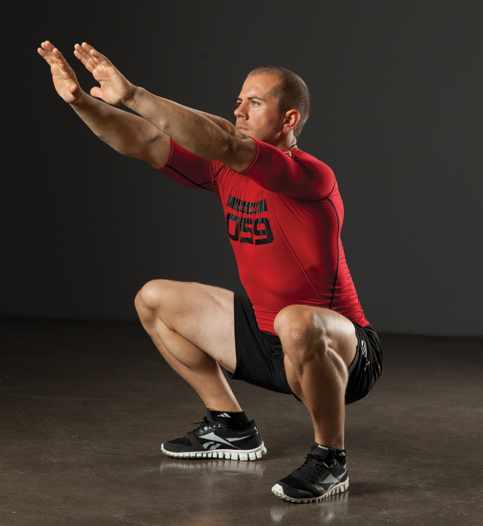
Good for:
- Beginners: If you’re new to squatting this is where you’ll want to start. When they say “don’t run before you can walk” the same notion applies to the squat. You need to be able to safely and confidently perform the basic air squat before moving on to the more complex variations and adding significant load. This is your foundation and you can never revisit it enough.
Goals
Good for:
- Conditioning: Try adding into a conditioning workout allowing you to go fast paced
Injuries
Good for:
- As the air squat is unloaded, aside from bodyweight, it’s a good first port of call to start off with when returning from most injuries. A good recommendation is to squat unloaded within pain-free range and then gradually increase range of motion and load as symptoms allows. Always seek advice from your therapist.
Goblet Squat
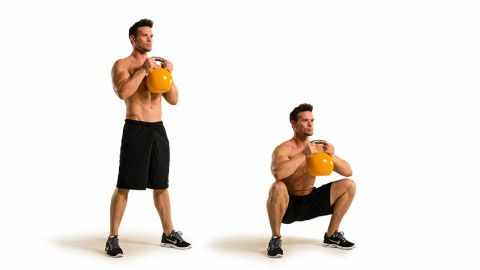
Goals
Good for:
- Improving squat form / squat therapy
- Improving motor control
Mobility
Good for:
- Limited ankle mobility*
- The counter-balance the weight provides often makes it easier to maintain a more upright torso. However, if you’re finding the weight is exaggerating your forward lean or rounded back you’re not ready for it yet and would be best swapping for a different squat therapy drill.
Ability
Good for:
- Beginners (great first step from air squats to loaded squat while developing good form)
- Intermediate/advanced (try increasing to load with a dumbbell or kettlebell, slow tempos and pause squats or throwing some into a conditioning workout)
Injuries
Good for:
- Goblet squat can be a great tool for coming back from many injuries, but obviously the stage when it’s appropriate will be decided by your therapist.
Back Squat (low bar v high bar)
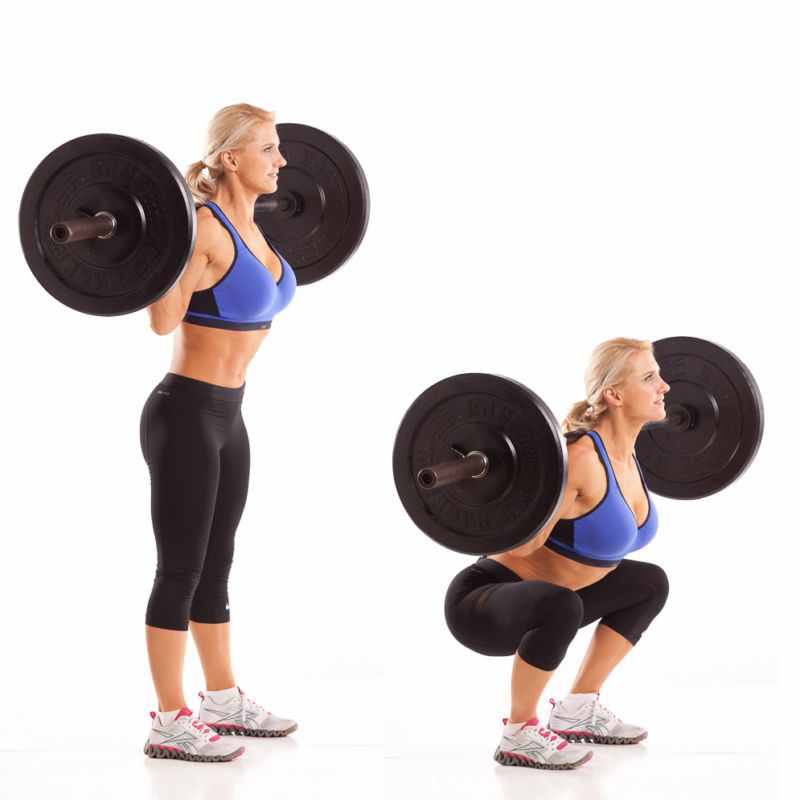
Goals
Good for:
- Posterior chain / back strengthening (low bar)
- General lower body muscle strengthening (high bar)
- Transfer for Olympic lifting (high bar)
Injuries
Not good for:
- Back pain due to the increased forward inclination of the torso (low bar)
- Knee pain (high bar)
- Shoulder impingement / Rotator cuff injuries (both) often the rack position can be provocative
Good for:
- Knee pain due to reduced knee bend and vertical shin (low bar)
- Back pain (high bar) less forward torso inclination*
*There would be better alternatives to the high bar back squat for back pain
Box Squat

Goals
Good for:
- Posterior chain (glutes / hamstrings)
Mobility
Good for:
- Limited ankle mobility
Injuries
Good for:
- Knee pain as the shins are kept vertical
Not Good for:
- Back pain
Front Squat
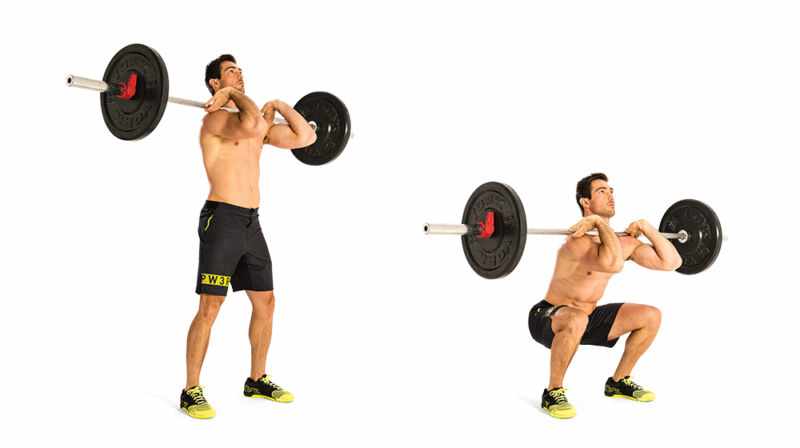
Goals
Good for:
- Transfer to the clean
- Becoming a Quadzilla
- Increased core and upper body demand
Mobility
Not Good for:
- Limited ankle and upper body mobility: requires more ankle and upper body mobility to achieve the more upright torso and rack position
Injuries
Good for:
- Back pain due to the more upright torso reducing shear to the spine
- Shoulder impingement (often the shoulder position for the back squat can be provocative for this injury)
Overhead Squat
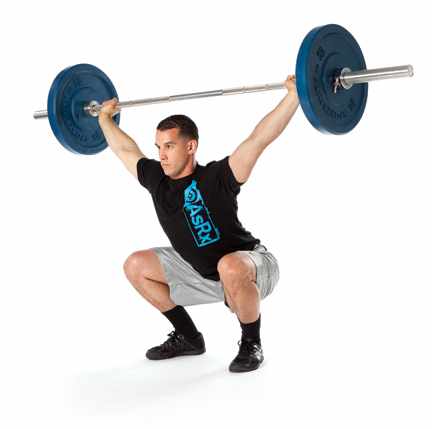
Goals
Good for:
- Transfer to the snatch if you’re an Olympic lifter
- Shoulder stability, core, balance
Not good for:
- Building muscle (you’re limited weight wise to what you can support with your arms overhead and the increased balance and stability demand) relatively speaking you’ll never be able to load up an OHS as much as a back squat or front squat. For that reason it’s not the best for hypertrophy or strength training.
Mobility
Good for:
- Those with ample mobility at all joints
Not good for:
- Those with limited mobility (the OHS requires full range of motion at the shoulders, thoracic spine, hips, knees and ankle. There is really no room to hide if you have any mobility restrictions in these joints. If you don’t yet have enough range of motion we would suggest you scale for one of the other options with less mobility demands while you work on achieving the requisite mobility. We can of course help you with that!
Injuries
Not good for:
- Shoulder pain
Split Squat

The split squat is essentially a staggered stance squat, but while it’s technically (as the same suggests) it’s classed as a squat, it really looks more like a lunge. Your stance remains stationary throughout
- Good option for people with low back pain as the torso is kept upright with no forward lean, minimises stress to the spine
- Good for quad dominant folks – The hamstrings are worked more than the quads in a split squat compared to the back squat
So there you have it, the squat in all it’s varied glory! A great exercise, if performed well. Do your ground work, work on position and control before you add load, and if your knee or back feel like they’re going to explode every time you put a bar on your back…maybe seek some help! Check out YouTube channel for some vids that will teach you how to prep for squatting. You can also book for online or face to face consultations using our booking portal below.
